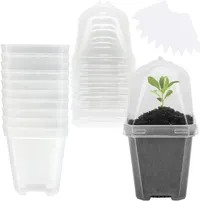7 plants you should propagate this August
New plants, no purchase necessary
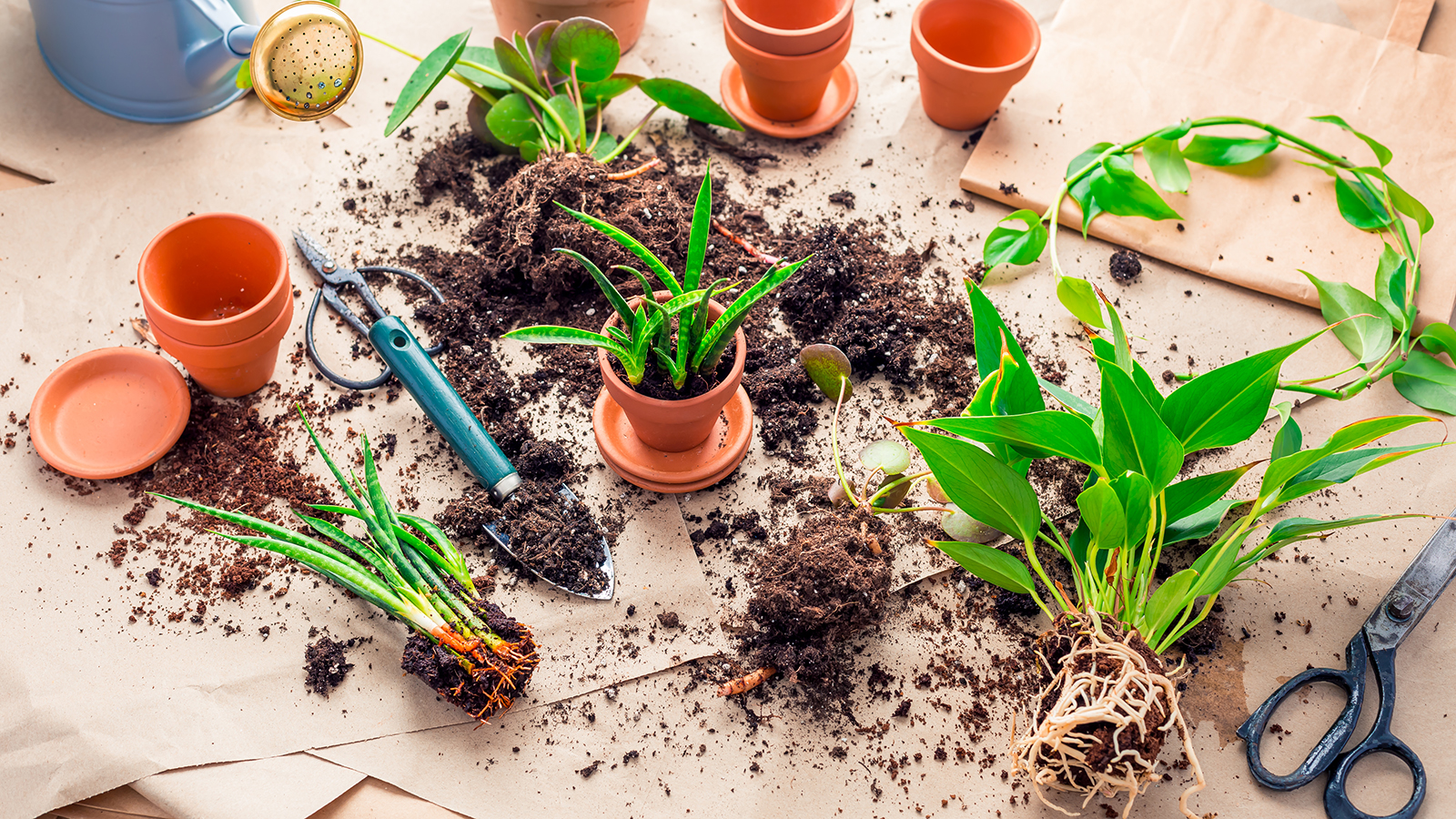
Growing a plant from seed is an exciting way to experience every stage of maturation. Buying a fully grown plant from a garden center or nursery is an efficient and quick way to enhance the garden. But propagating a new plant from a beloved individual already in your garden? That can feel a little like sorcery.
Not only is propagation free, but it enables you to preserve the unique characteristics of your plants and even maintain a family lineage over time. It’s also quicker than growing from seed, as you already have a good amount of growth to work with.
August is a great time to propagate as many plants will have finished their summer flowering, but still be healthy and at the right stage of maturity. It’s important to look for growth that is not too young but also not too old; you don’t want it too soft or too woody.
How to propagate
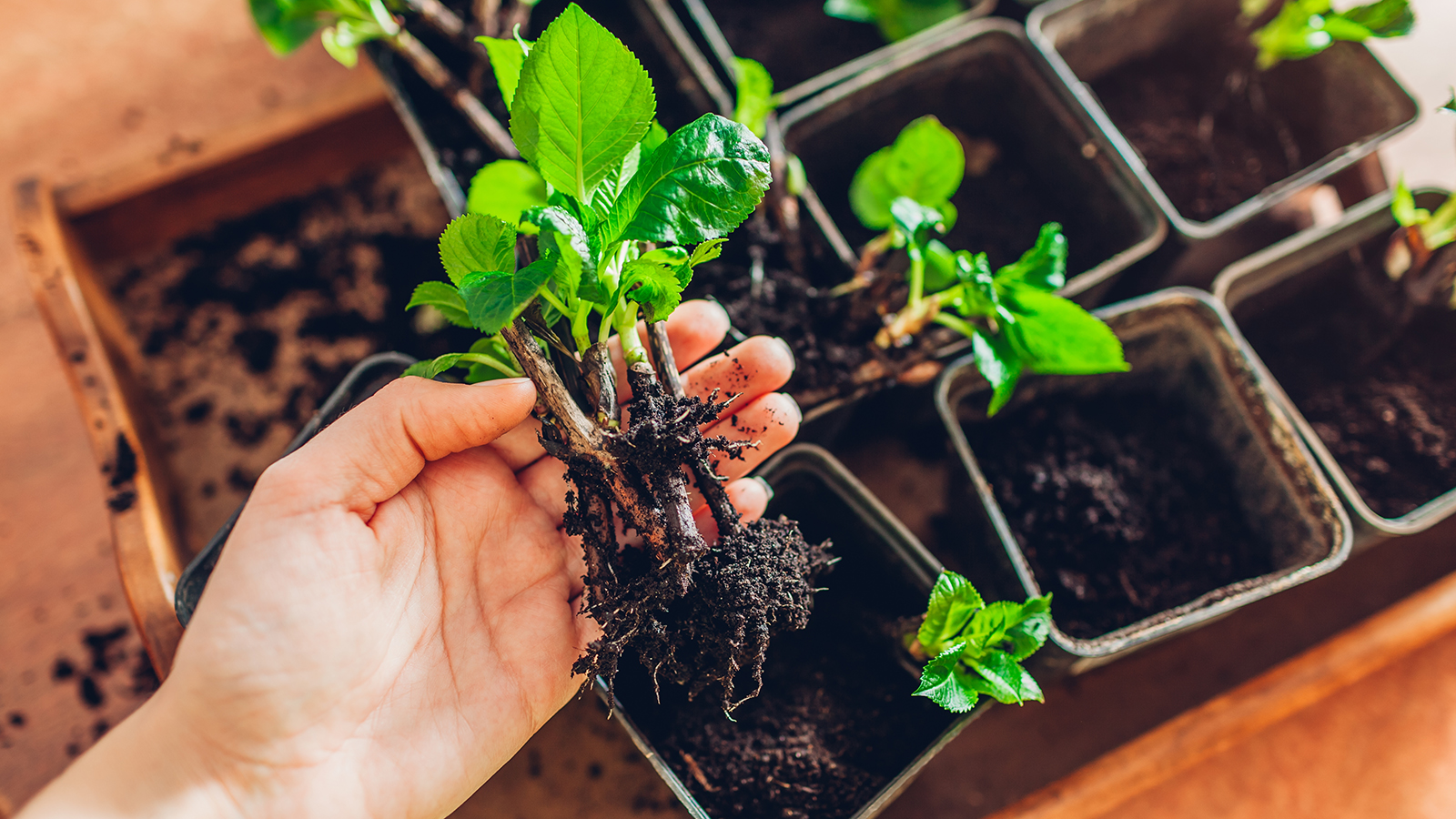
Propagation involves taking a cutting from an existing plant and then placing that stalk in potting soil, where it will root down.
Then, just as the original specimen did, it will grow upwards and mature into a full plant of its own.
Some plants can handle several cuttings in a season, and cuttings year after year, which means a single plant could end up creating a whole host of family members over time.
When propagating, it’s important to follow a few rules:
Get instant access to breaking news, the hottest reviews, great deals and helpful tips.
- Only cut strong, healthy stems that will support new growth
- Target the area just below a node and remove the entire upper portion
- Use sharp shears that will create a single clean cut; this reduces the amount of damage and stress inflicted on the original plant
- Remove any lower leaves or side stems
- Place the new cutting into soil as quickly as possible, then move to a warm, dry place
If you want to supplement your cutting with rooting hormone, you can – but it’s often not necessary. If using, apply to the root end before placing in moist soil.
The plants you should propagate this August
1. Lavender
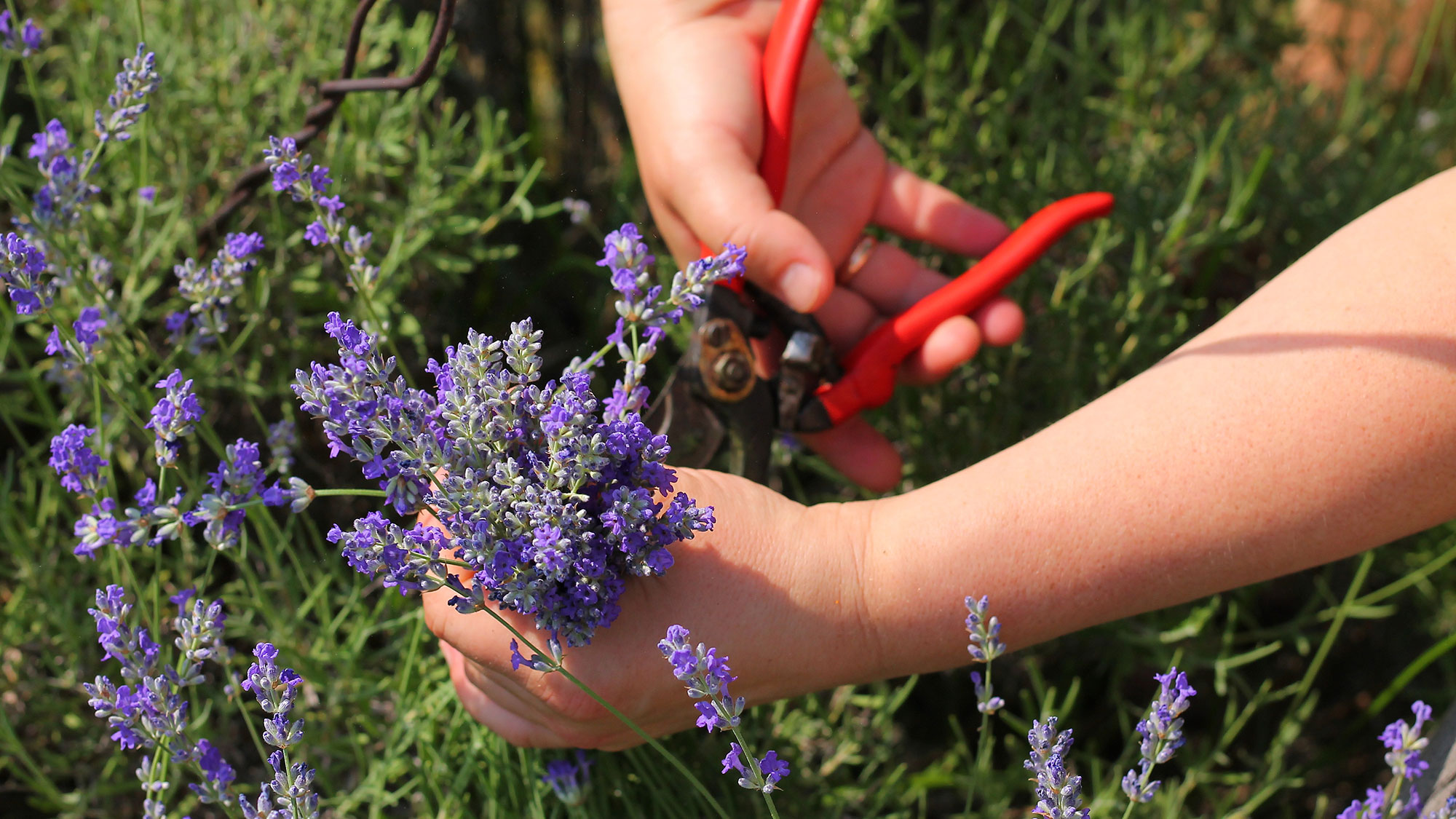
Lavender is an incredibly beloved plant for the garden, especially as pollinator plants become more popular. Known for its signature therapeutic scent and striking purple flowers atop gray-green foliage, lavender is one of those plants you can’t really have too much of, so why not propagate some?
While it is possible to grow lavender from seed, it can be tricky to get those young seedlings established so many gardeners prefer to use cuttings. In August, this plant will be in the middle of its growing season and therefore very healthy.
How to propagate lavender
To take a softwood cutting, use shears to remove a few inches of softer, flexible stems from newer growth on the plant. They should be lighter in color than the hardwood stems.
Avoid stems with any blossoms on them, as producing flowers will drain energy from the cutting that it should be putting into growing roots. Use nutrient-rich soil for best results.
This 10-piece set of plant nursery pots is ideal for propagation. Each one comes with a domed lid for optional control over humidity, and because they're not connected, you can display them along a window or any small place you desire.
2. Verbena

Verbena comes in both annual and perennial varieties, so propagating this flower is a great way to either grow a new crop for next year or supplement your current crop with more plants.
Propagation is also useful for anyone in colder climates, where the conditions may make it harder for verbena to survive through the winter. Verbena has long, thin stems that are topped by clusters of tiny flowers, so there is a lot of material to work with and minimal foliage to get in the way of shears.
In August, verbena has passed its flowering season so the stems will be a bit tougher than the softwood of early summer. Still, these can make for good cuttings; they just may take a little longer to root down.
How to propagate verbena
Take your cuttings in the morning of the day, when the stems are at their firmest. Identify a leaf node in the stalk a few inches from the end, and make your cut just below it; then remove those lower leaves so there is enough bare stem to be submerged in soil.
Apply root hormone if using, and then place the cuttings in a pot with a lot of gritty compost, as this will help to promote growth.
Propagation will be most successful if you place the verbena in a warm, bright spot that is not in direct light.
3. Penstemon
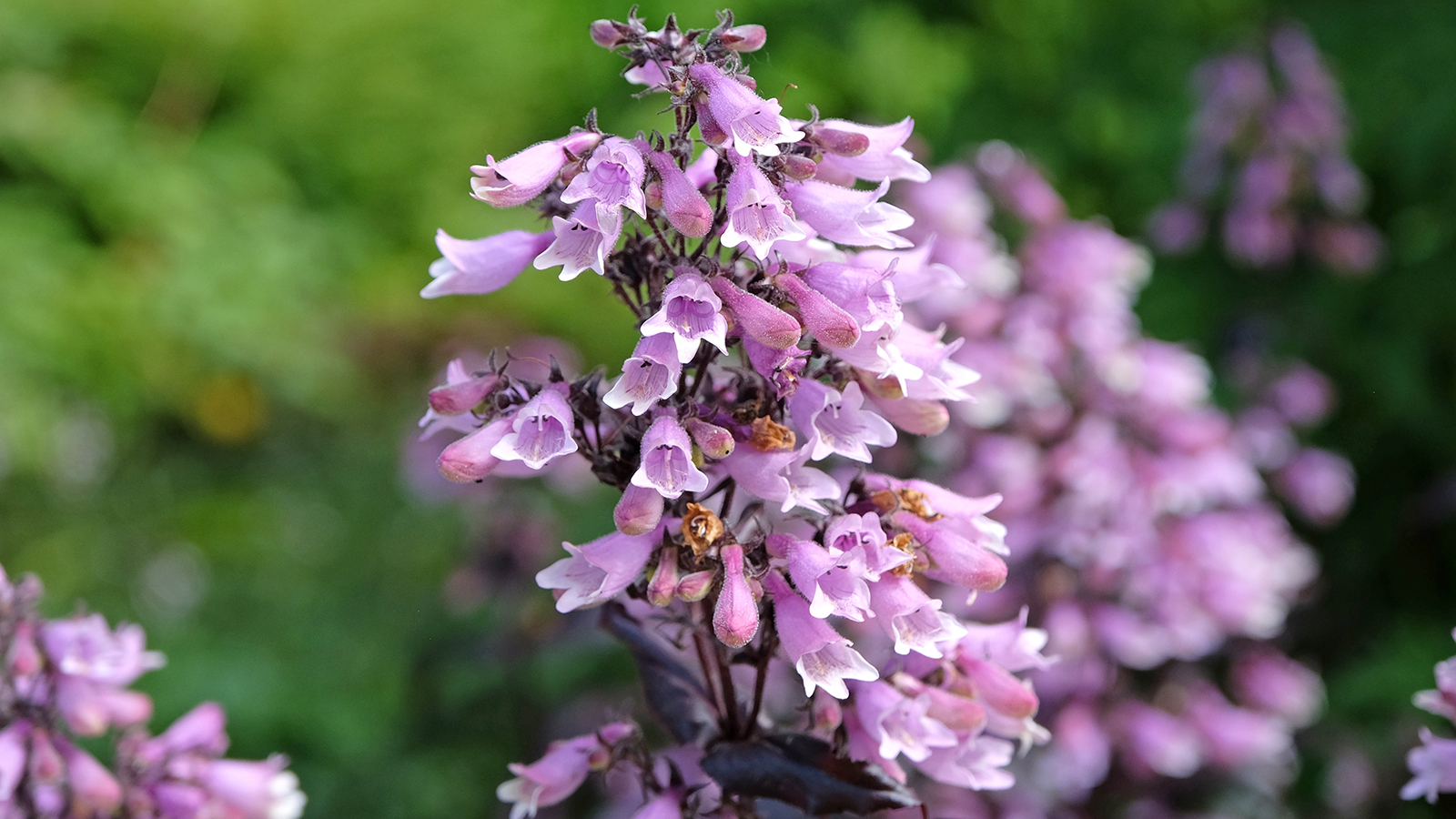
Penstemon is another flower that attracts bees and butterflies, making it a good addition to any pollinator garden. Its large, tubular flowers form attractive spikes atop tall stalks with long, narrow leaves, ranging in color from white and pale pink to vivid reds and blues.
There are many different varieties to choose from but once you’ve found the right one, it’s easy to propagate penstemon into several new plants. Taking your cutting in late August allows you to enjoy a full season of blooming and still catch the plant when the tips of non-flowering shoots are soft, but the bases are hardening.
These garden gloves are made of nylon and nitrile and come in three sizes — small, medium and large. They offer excellent non-slip properties, are comfortable around the wrist, breathable and machine washable. At Tom's Guide, we recommend them as the best overall gardening glove.
How to propagate penstemon
To propagate, cut stems several inches below the tip, just below a leaf joint, so there is sufficient length to be buried in soil. Avoid any flowering stems and remove any lower leaves that remain on the cutting.
Penstemon prefers well-draining soil, so plant the cuttings around the edge of a pot, rather than in the center, as those areas drain more effectively.
Water regularly and keep the plant indoors, safe from winter frosts, until it’s time to transplant into the garden in the spring.
4. Rosemary
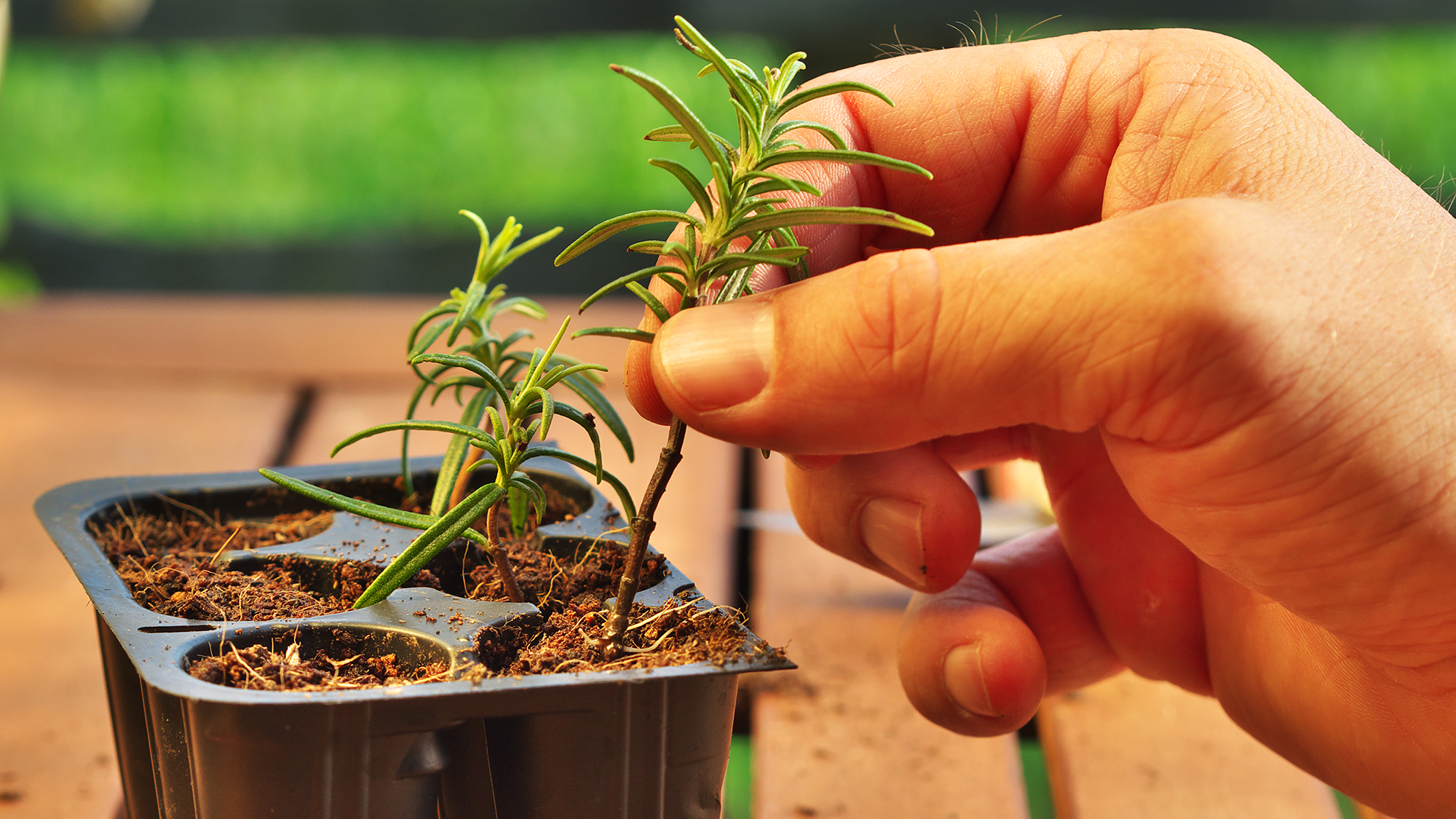
Rosemary is a popular herb to grow at home, since it has attractive foliage, a rich scent, and a lot of culinary uses. In most climates, it’s grown as a perennial but it should be replaced every 5-6 years so that the leaves remain fresh and fragrant.
An easy way to do this is to propagate one of your current rosemary plants; a single large cutting can be split into several smaller ones, making it even easier to get a lot of secondary plants from one original specimen.
Cuttings can be taken from the ends of stalks or from further down and can be either softwood or hardwood. Softwood is generally recommended as it is younger and more fertile, but hardwood can be propagated well when allowed to root in water first, before planting in soil.
In August, there should be sufficient time for roots to form and for the plant to be transplanted into soil before the colder weather
How to propagate rosemary
For your cutting, use sharp shears and trim off a length of a few inches long. Remove all the bottom leaves from the section which will be submerged in water or soil.
Work quickly to place the cutting in its rooting medium, applying rooting hormone beforehand if planting in soil. If using water, be sure to swap out water regularly before it gets cloudy.
In August, there should be sufficient time for roots to form and for the plant to be transplanted into soil before the colder weather.
5. Boxwod

Boxwood offers something a little different, thanks to its thick evergreen foliage and compact shape.
Often used for hedging, natural screening, or borders in the garden, boxwood can be both functional and elegant, especially when pruned into specific shapes. If you’re looking to cultivate more boxwood in your garden, taking a cutting is an affordable way to do so, but it can be tricky for these cuttings to take root, so take more than you might think you need.
Rooting hormone will also be beneficial here, as will pruning in the morning when stems are the most vigorous and firm.
August is a great time to propagate boxwood, as the plant should be at the height of its growing season and therefore at maximum strength.
How to propagate boxwood
When propagating boxwood, remove lengths of 3-4 inches from the fresh ends of new growth. These will be the branches in the best condition to root down. Remove the leaves from the lower half and also scrape against the bark on one side of this length before dipping in rooting hormone.
Make sure to place the cutting in rooting soil, not potting soil, as this has fewer nutrients and therefore a lower risk of rot.
Only use potting soil when transferring the successfully-rooted plant a few weeks later.
6. Coleus

Coleus is a vibrantly hued plant that shows off its color through its leaves, rather than flowers. This makes it a popular choice for gardeners as you get more months of bright enjoyment and don’t need to wait for flowering.
Several varieties feature foliage with starkly contrasting colors, such as leaves with magenta centers and lime green edges, so you can go bold.
Coleus is also able to thrive in the shade and is generally quite tolerant, so it’s the kind of plant that you can’t really have enough of. As such, propagating it is a great idea: Coleus roots easily and you’ll be able to expand your garden crop with minimal effort.
While you can take cuttings from coleus at any time, August is a good window to work in as the plant should still be happy and healthy, with enough time to get it rooted before the temperatures drop.
August is a good window to work in as the plant should still be happy and healthy, with enough time to get it rooted before the temperatures drop.
How to propagate coleus
To propagate coleus, use clean and sharp shears to cut 4-6 inch pieces off of healthy stems.
Strip the bottom half of the leaves and then place the cutting in moist soil. Rooting hormone is optional, but not needed as coleus is known for its quick, vigorous rooting. When burying in soil, make sure that the bottom-most leaf node on the stem is submerged in the soil.
You should have sufficient roots in 2-3 weeks to transplant the coleus into a bigger container to overwinter.
7. Fuchsia
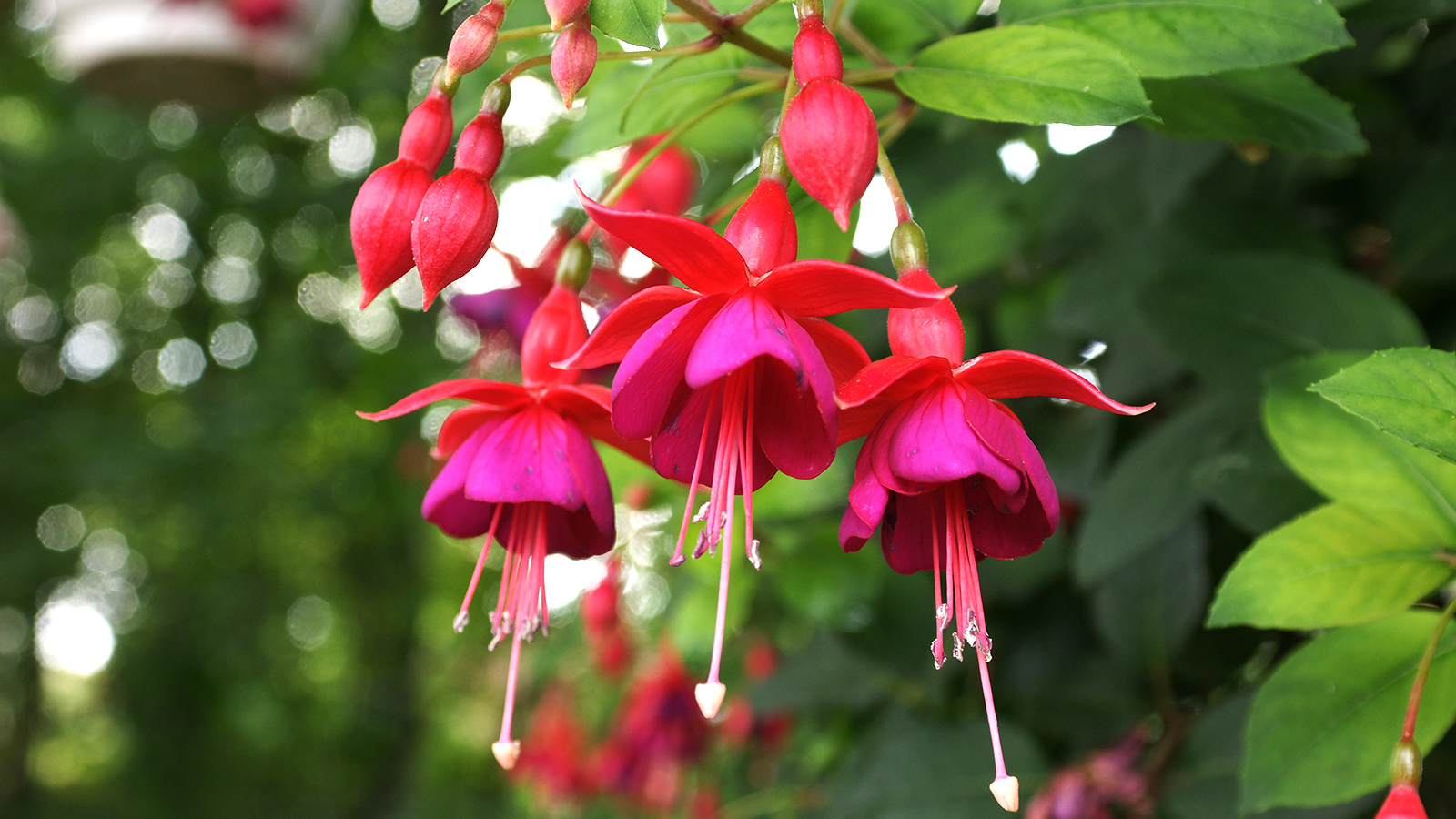
There’s no other flower quite like fuchsia, with its dangling teardrop-shaped flowers that burst open to reveal a contrasting array of petals. The most well-known variety is unsurprisingly fuchsia and purple in color, but you can also find varieties that are pink and white.
Fuchsia also has an architectural element, since its flowers all hang down underneath green foliage rather than crowning the leaves. If you’re looking to add more fuchsias to your garden next year, propagating is an easy and effective way to do so.
While spring is often thought to be the best time to take cuttings from this plant, August is also just fine; there should still be sufficient younger growth for you to work with.
How to propagate fuchsia
For your cuttings, remove a few inches of healthy growth from the ends of younger branches. Aim to cut just above the second or third pair of leaves, which should give you about 2-4 inches of stem.
Avoid any with blossoms attached. Remove the lower leaves and place cutting directly into moist growing soil – avoid potting soil and instead choose something like vermiculite or peat moss. Keep the cutting in a warm location and ensure its moisture and humidity levels remain high.
Once roots have been established and new growth is emerging, you can repot as needed.
More from Tom's Guide

Despite making her home in urban metropolises, Madeleine Streets has been nurturing a green thumb for decades.
Raised by a garden designer, she is putting that childhood education to use by helping others learn how to make their garden bloom, while filling her own New York home with cat-friendly plants.
When not writing about gardening and the outdoors, Madeleine loves to cook, study wine and borrow books from her local library.
You must confirm your public display name before commenting
Please logout and then login again, you will then be prompted to enter your display name.
